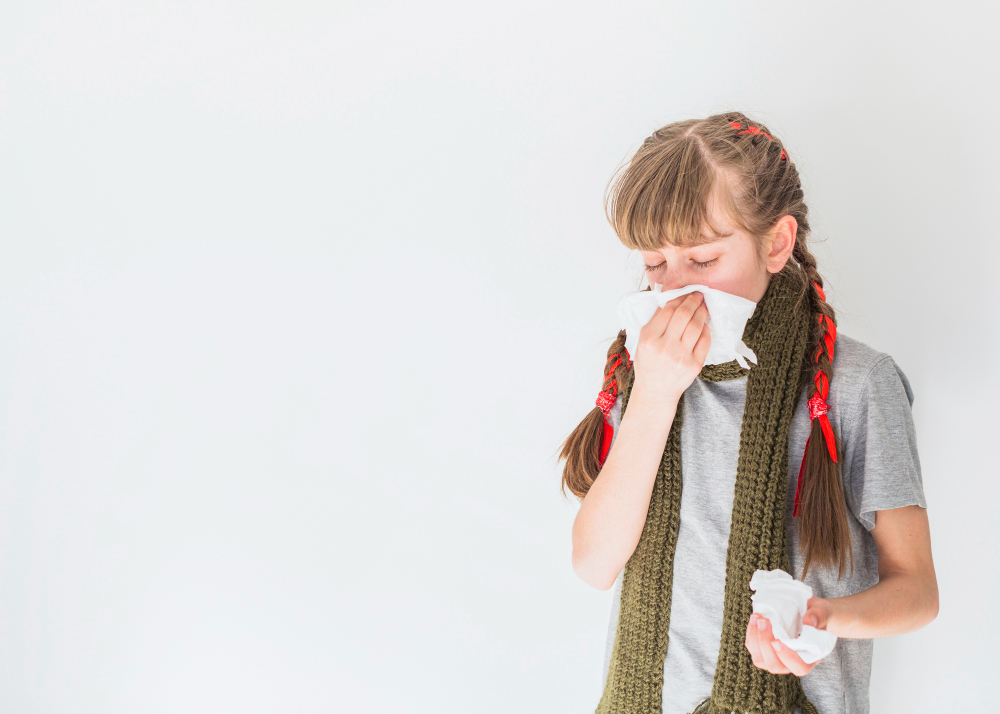Rhinitis is a reaction that occurs in the nose when airborne irritants (allergens) trigger the release of histamine.
What is allergic rhinitis?
Rhinitis is a reaction that occurs in the nose when airborne irritants (allergens) trigger the release of histamine. Histamine causes itching, inflammation, and the production of fluid or mucous in the fragile linings of the nasal passages, sinuses, and eyelids.
What are the causes of allergic rhinitis?
The most common causes of allergic rhinitis are:
- Pollen (for example, tree, grass, or weed)
- dust mites
- Pattern
- cockroach excrement
- animal dander
- tobacco smoke
What are the symptoms of allergic rhinitis?
The following are the most common symptoms of allergic rhinitis. However, each child may experience symptoms differently. Symptoms may include:
- Sneeze
- blockage
- runny nose
- Itchy nose, throat, eyes and ears
- nosebleeds
- clean drainage from the nose
- Children with perennial allergic rhinitis may also have:
- recurrent ear infections
- Snore
- mouth breathing
- poor performance at school
- "Allergic salute." This is when a child rubs their hand up the bridge of their nose while sniffing. This can cause a line or wrinkle to form along the bridge of the nose.
Symptoms of allergic rhinitis may resemble other conditions or medical problems. Always consult your child's health care professional for a diagnosis.
Treatment of allergic rhinitis
Specific treatment for allergic rhinitis will be determined by your child's healthcare professional based on:
- Your child's age, general health, and medical history
- Scope of reaction
- Your child's tolerance for certain medications, procedures or treatments
- Prospects for the course of the reaction
- your opinion or preference

 TR
TR DE
DE RU
RU




